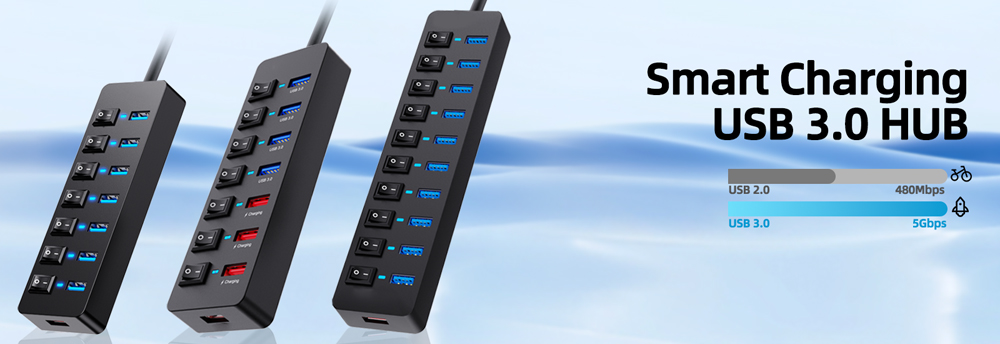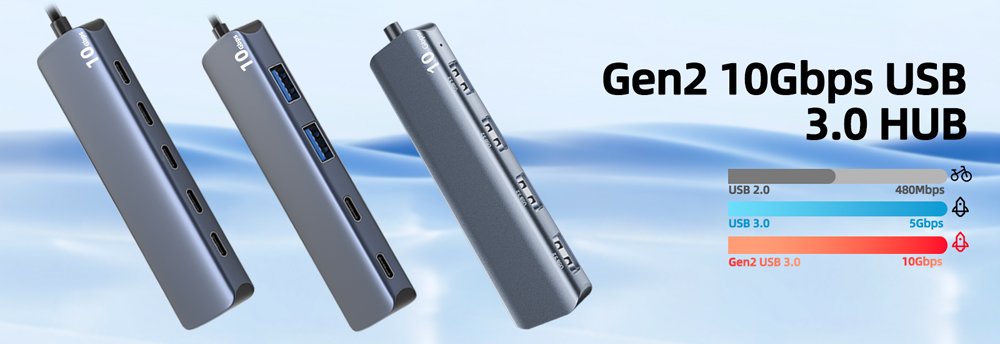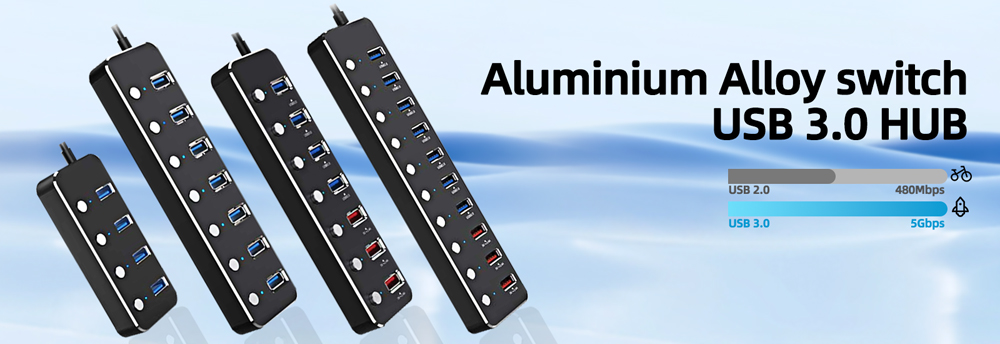What is the difference between USB 2.0 and USB 3.0?When comparing 2.0 and 3.0 there are a few major differences. First the transfer rates: USB 2.0 offers transfer rates of 480 Mbps and USB 3.0 offers transfer rates of 4.8 Gbps - that's 10 times faster. Note that the transfer speeds also depend on the device in use in addition to the bus type and USB ports and cables.
Finally the last main difference is the available power and power management of the 3.0 products. USB 2.0 provided up to 500 mA whereas USB 3.0 provides up to 900 mA, allowing power hungry devices to now be bus powered. In addition the 3.0 technology allows better power efficiency with less power for idle states or to remove power completely when not in use |
What is the difference between USB 2.0 and USB 3.0?
 中文版
中文版  ENGLISH
ENGLISH 





 Annie 13760236787
Annie 13760236787 annie@cqiteng.cn
annie@cqiteng.cn